Cat anesthesia is a crucial aspect of veterinary care, ensuring the safety and comfort of your feline friend during surgical procedures and other treatments. Modern anesthesia practices have significantly improved in recent years, making the process safer and more effective. By administering the appropriate anesthetic, veterinarians can minimize the stress and pain experienced by your cat during a procedure, allowing them to perform necessary treatments efficiently.
At our veterinary clinic, we take cat anesthesia seriously and prioritize your pet’s safety and well-being. We utilize state-of-the-art monitoring equipment and employ well-trained staff to ensure the highest standards of care. Our team conducts pre-anesthetic exams and tests to tailor an anesthetic protocol to your cat’s unique needs, ensuring a safe and comfortable experience throughout the procedure.
Your Pet’s Health and Happiness Begin Here
Service FAQ
Is cat anesthesia safe?
Modern cat anesthesia is relatively safe, thanks to advancements in anesthetic drugs and monitoring equipment. Our veterinary team takes every precaution to ensure your cat’s safety, including pre-anesthetic exams, individualized anesthetic protocols, and continuous monitoring of vital signs during the procedure.
How is cat anesthesia administered?
Cat anesthesia is typically induced with an injectable medication, followed by the administration of gas anesthesia to maintain an appropriate level of unconsciousness during the procedure. An endotracheal tube is placed to ensure a secure airway and provide oxygen during anesthesia.
What should I expect during my cat's recovery from anesthesia?
After the procedure, your cat will be closely monitored by our veterinary team until they are fully awake and stable. We will provide appropriate pain management and any necessary post-operative care to ensure a smooth and comfortable recovery.
What preparations are needed before cat anesthesia?
Before administering anesthesia, your veterinarian will perform a thorough physical examination and may recommend pre-anesthetic blood tests to assess your cat’s overall health. You may be asked to withhold food and water from your cat for a specific period before the procedure to minimize the risk of complications.
How will my cat be monitored during anesthesia?
Our veterinary team continuously monitors your cat’s vital signs, such as heart rate, blood pressure, oxygen saturation, and body temperature, throughout the procedure. This constant monitoring allows us to adjust the anesthesia as needed to ensure your cat’s safety and comfort.
Can my cat experience complications from anesthesia?
While complications from anesthesia are rare, risks do exist. Our veterinary team takes every precaution to minimize these risks and provide the safest possible environment for your cat during anesthesia. If you have any concerns about your cat’s health or the anesthesia process, please discuss them with your veterinarian.
